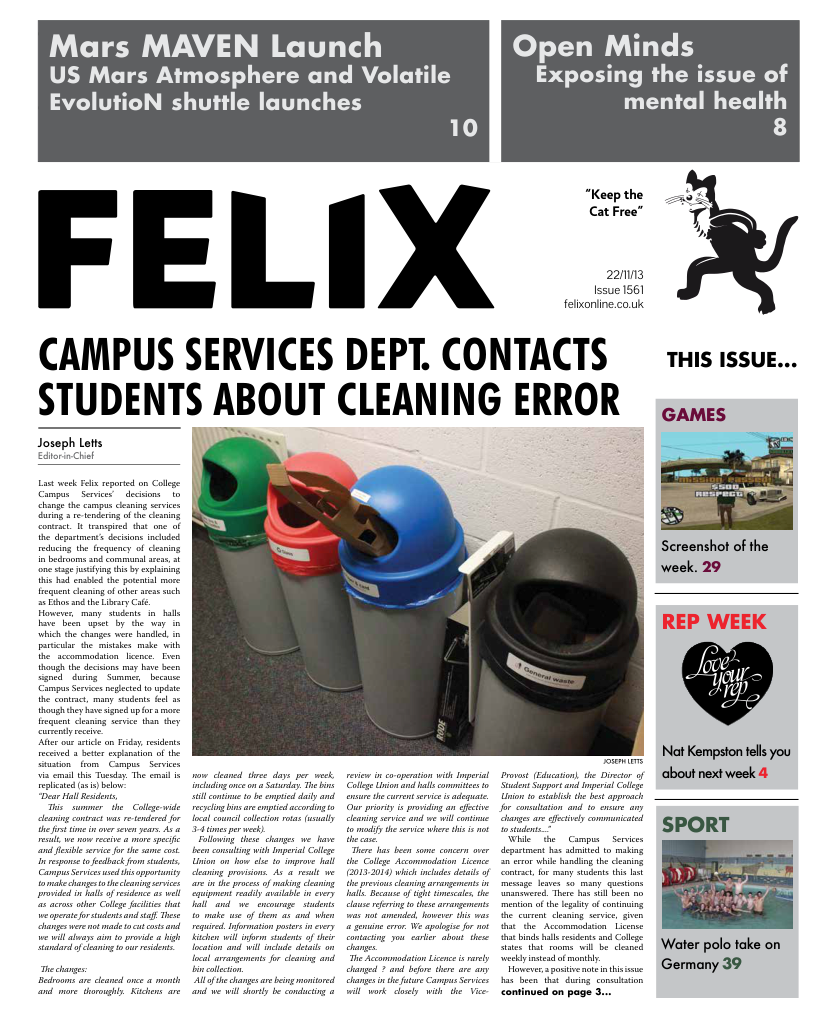Untouchable photons
Photons can often be difficult to measure because as soon as they are, they are gone. Most measurement methods require direct absorption, or are in some other way destructive to the nature of the particle.
Photons can often be difficult to measure because as soon as they are, they are gone. Most measurement methods require direct absorption, or are in some other way destructive to the nature of the particle. This means that you have little time to glean all of the information before it disappears, and there is no way to double check your results. Now, if only there was a way around this. Oh wait, there might be! Quantum theory: two words to strike fear into almost any scientist, closely followed by ‘coursework deadline’ and ‘rent due’. Weird and wonderful things happen in the quantum world, and if there was a feasible way to measure photons without destroying their nature, many new technologies, such as quantum computing, could gain footing. A report by Andreas Reiserer, Stephan Ritter and Gerhard Rempe in Science last week puts forward a different method of measurement: instead of detecting the photon as you would a particle, by absorption, why not detect it as a wave? One thing waves are really good at is reflecting. Reflection causes a phase lag, interference and diffraction in the photon-wave. The experiment set up by Reiserer’s team consisted of an optical resonant chamber containing a single atom, the walls of which were superconductive and thus highly reflective. A photon enters and will only interact with the atom if it is in the correct energy state, otherwise it will reflect off the wall. Hold on to your hats, because this is where is gets a little crazy. The atom enclosed in the chamber is prepared in a superposition of allowed and forbidden states. The photon-wave enters and due to the forbidden state, is reflected. However, the atom will change as if it had interacted with the photon, because it is in an allowed state. The result is that it appears there was an interaction, but the photon still exists! We have measured the presence of a photon without destroying it. The team repeated their experiments, showing the same photon could be repeatedly detected without being absorbed. Individual photons were able to be detected with a 77% success rate, while close to 66% of the photons would survive reflection. This was enough to prove their non-destructive measurement method. Though it may take a while to refine the process, this is sure to prove effective in quantum optics, computing and entanglement.





